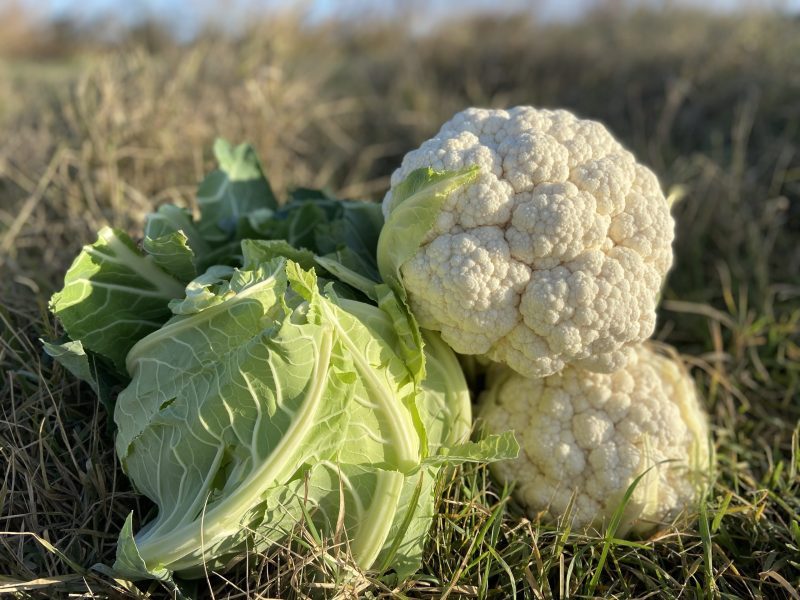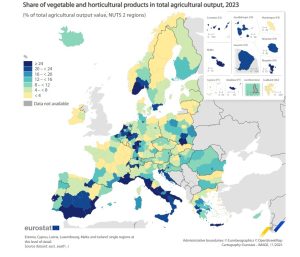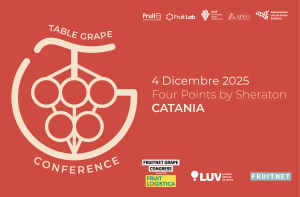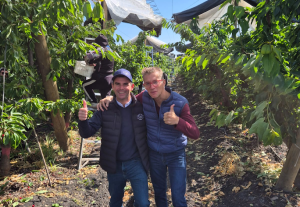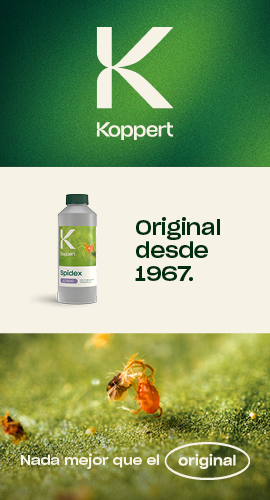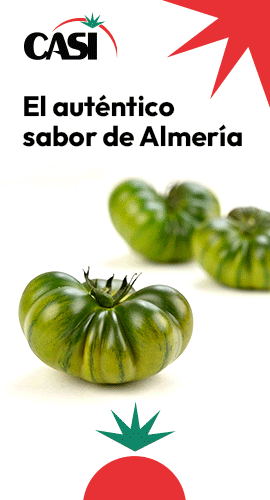Once again, climate change is affecting the agricultural campaign. This year, the drought in a large part of Spain will have a negative impact on brassica production. Cauliflower will bear the brunt of it, suffering a considerable drop in Valle del Ebro. “There will be 40% less than in 2022. In western Andalusia, this decrease will be slightly lower, but production already dropped last year,” according to José Guirado, Market Development for Brassicas Ibérica at Bayer.
The total surface area for broccoli remains stable, but there will be variations in volume in the different regions. “As with cauliflower, companies are changing part of the productions in Murcia for other areas where there is greater availability of water, in high and medium areas in Murcia, and on the borders of Albacete. As in recent years the cold weather has arrived later, we can plant there.”
Bayer is working on the development of brassicas that adapt to longer periods of drought and high temperatures. Robust materials, adapted to changing weather conditions or with high temperatures in periods when this was not normal.
On a commercial scale, “the market has opened up; it is more dynamic. Producers have a more extensive range, and they are not putting all their eggs in one basket. They work with different varieties and cycles.” Bayer is experiencing this first hand. “Our sales have increased a great deal, particularly in Valle del Ebro for the frozen food industry.”
New developments
In broccoli, they have developed a variety that they are presenting in Murcia and that could come onto the market in 2025. With an early cycle, lasting around 70 days, they are trying it out for transplants in high regions (August) and Campo de Cartagena and Valle del Guadalentín (September-October).
As with the rest of its portfolio, it has an elevated head, a leaf-free stalk and it adapts to mechanised harvesting. It will be the company’s earliest variety and it will be used for the fresh market, but also for industry (Valle del Ebro and Extremadura). “It is very flexible, similar to Andersia”. Harvests have already started in Valle del Ebro, and this year in the high regions of Murcia and Albacete they are confirming its good behaviour.
In cauliflower, Suertex (SVAC 7306), for 100-105 day cycles, is already on the market. Its plant is very strong and brings great flexibility. “It has been very well accepted in Murcia and in Valle and Delta del Ebro.” It is included in the Curdivex line: “the plants do not turn brown, even if they are in direct sunlight. With water stress and high temperatures, although the plants open, they remain white and last longer than conventional ones. They respond better and give some more leeway.”













